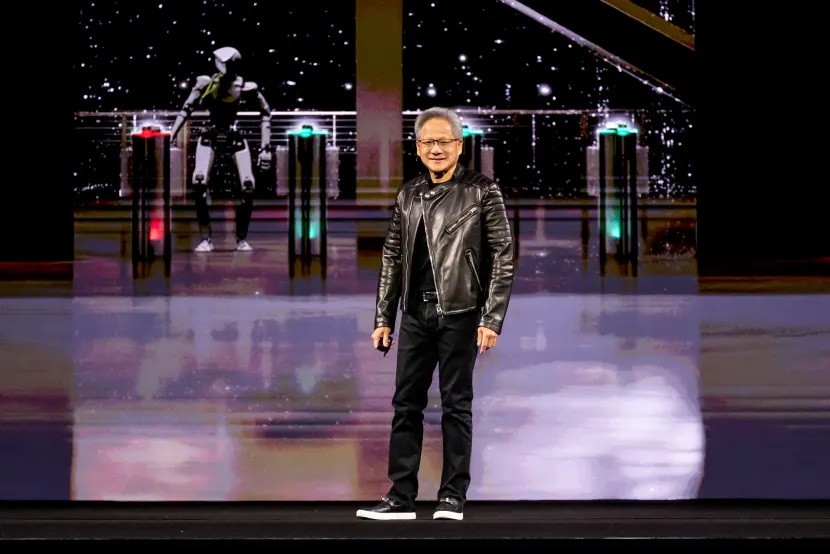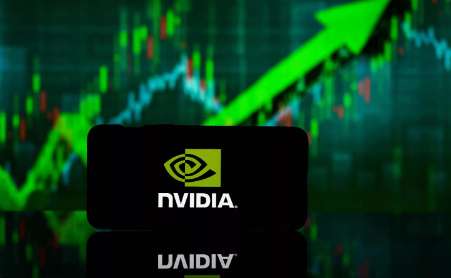Meta and Booz Allen Deploy AI Model Llama on ISS for Research
Tuesday, Apr 29, 2025 4:42 am ET
Meta and Booz Allen Hamilton have launched Space Llama AI model on the International Space Station (ISS) to enhance research capabilities. The open-source AI model, Llama 3.2, will be used by astronauts for scientific research. The technology includes Hewlett Packard Enterprise's Spaceborne Computer-2 and Nvidia's GPU. Space Llama aims to reduce costs, minimize computing power needs, and facilitate faster issue resolution in space.
Meta Platforms (META) and Booz Allen Hamilton (BAH) have announced the deployment of the Space Llama AI model on the International Space Station (ISS) National Laboratory. This initiative, a collaboration between the two companies, leverages cutting-edge technology to enhance space operations and research capabilities.The Space Llama AI model, an open-source version of Meta's Llama 3.2, will be used by astronauts for scientific research. The technology stack includes Hewlett Packard Enterprise's (HPE) Spaceborne Computer-2 and Nvidia's (NVDA) GPUs for accelerated computing. This tech stack enables the AI to function directly on the ISS, bypassing the need for constant Earth-based internet connectivity.
According to Meta, Space Llama demonstrates how large language models can operate in environments with "denied, disrupted, intermittent, and limited bandwidth." The goal is to reduce costs, minimize computing power, and accelerate responses to maintenance issues or "onboard anomalies." The AI system will assist astronauts by replacing paper-based documentation and reducing reliance on ground-based instructions.
Ahmad Al-Dahle, Meta's Vice President and head of generative AI, stated, "We see a future where open-source AI models like Llama will play a vital role in fueling space exploration and research—enabling astronauts to undertake the next level of experimentation to solve complex scientific problems and drive innovation in entirely new ways."
Booz Allen Hamilton, an advanced technology company, has a history of deploying large language models in space. The company's A2E2 (AI for Edge Environments) platform and Nvidia's CUDA software are key components of the Space Llama tech stack. The result is a compact, energy-efficient system that can be deployed locally on the ISS without requiring power, communication, or computation from Earth.
The Space Llama project is a significant advancement in AI's role in space exploration and research. It could also have positive outcomes for industries including oil and gas, autonomy, government, energy, and the reuse of legacy technology through edge software modifications. The project is part of a broader effort to advance space technology and bridge the gap between commercial innovation and government missions.
Meta's stock has declined nearly 10% in 2025 but remains up 23% over the past year. Booz Allen's stock, meanwhile, is down 7% year-to-date and has dropped 18% over the same period.
References:
[1] https://newsable.asianetnews.com/markets/meta-booz-allen-launch-nvidia-hpe-enabled-space-llama-ai-program-on-board-the-iss/articleshow-2z89fga
[2] https://www.marketscreener.com/quote/stock/BOOZ-ALLEN-HAMILTON-HOLDI-6873099/news/Booz-Allen-and-Meta-Launch-Space-Llama-AI-aids-ability-to-make-critical-space-station-repairs-49740335/









